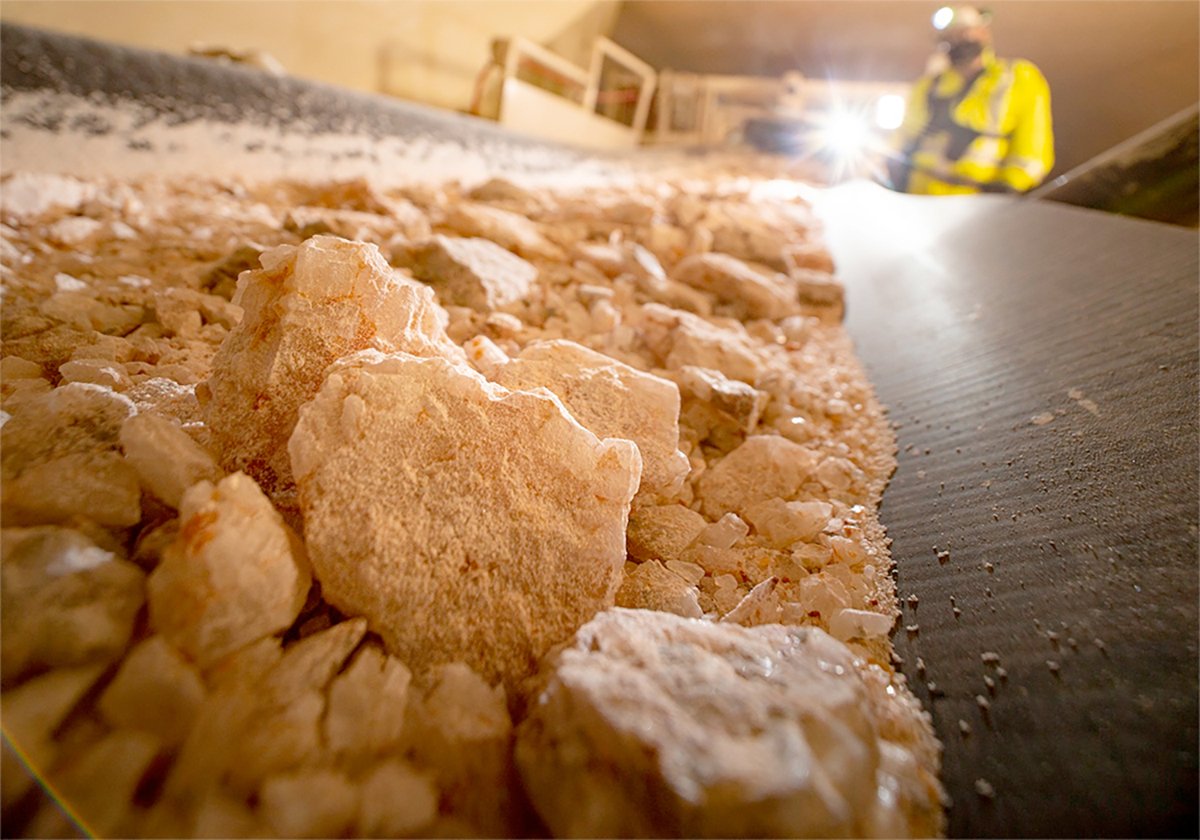Alberta farmers who benefited from a spring snow in mid-April shouldn’t be thanking the snow gods, says an Edmonton rainmaker.
Ernie Winkler said farmers should express their gratitude to him and his three rainmaking machines, which he claims brought the clouds and snow that fell on southern Alberta April 13.
“There wasn’t any rain in the forecast. It’s pretty obvious what happened,” said Winkler, who set up his equipment at Doug and Marj Fraser’s farm in Okotoks on the Easter weekend. For three days Winkler adjusted and moved his rainmaking machines and by the third day it was cloudy and the sky was black with snow clouds. Unfortunately, Winkler had to dismantle the equipment and leave the farm for other business the day before it snowed.
Read Also

Saskatchewan looks to expand trade in Indonesia
Saskatchewan intends to increase its agricultural partnership with Indonesia.
A week earlier he set up his machine at Dale Fankhanel’s farm near Ferintosh. It didn’t rain, but by nightfall the sky was covered with clouds and the water table in the nearby slough rose five centimetres, he said.
“Two inches (five cm) is a lot of water,” said Winkler, who operates Prairie Harvest Rainmaking.
For more than a year the former German and Canadian farmer and naturopath has been travelling to farm shows to talk about the rainmaking process that was originally developed by Wilhelm Reich, an Austrian doctor and psychologist whose work is based on orgone, the science of how energy functions in nature.
Winkler said understanding and trapping that energy draws in clouds and makes it rain.
He sets up his machine beside a lake or a slough, sticking one end of a flexible metal pipe into the water and attaching the other end to his truck. Twelve long pipes are hoisted in the air like a fire truck ladder.
Winkler then de-energizes the pipes to eliminate static electricity so the machine can create a vacuum and draw in clouds.
Last year at Lac La Nonne, just outside Edmonton, he said it rained steadily for six hours after only two hours of preparation. A few weeks later at Ranfurly, east of Edmonton, a centimetre of rain fell after five hours of preparation and with the flexible metal hose stuck only in a ditch.
Until people see it rain they remain doubters and question his sanity, Winkler said.
“If you tell people, they think you escaped from Ponoka,” he said, referring to the community’s mental health centre.
Fankhanel also has his doubts. Snow was in the forecast before Winkler asked to set up on his farm, said Fankhanel, who met Winkler on a county tour of his farm last year during one of the driest summers ever.
While Fankhanel isn’t a believer, he watched Winkler set up his machine at Beaver Lake last summer during a church picnic and that night it rained.
Marj Fraser isn’t sold on the concept either. She said snow was indeed forecast for the Easter weekend and she believes it would have arrived without the aid of rainmaking equipment.
“I’ll believe it when there is no snow or rain in the forecast,” she said.
Doug Fraser is more of a believer. He met Winkler last year during a farm show, was intrigued by the idea and has read information of rainmaking technology on the internet.
“At the end of the day I think there’s something to it,” said the purebred cattle breeder.
Instead of farmers paying for the rainmaking services, Fraser would like to get money for a three-year study.
“I think enough of the idea that I want to pursue it,” said Fraser, who would like to see Winkler team up with American James DeMeo, who has studied orgone science at the University of Kansas.
With almost four years of below normal rainfall on the Prairies, he thinks it’s an idea worth exploring, especially if it can bring rain to parched prairie farms.
“I think we have to look at these things,” said Fraser.
David Phillips, senior climatologist with Environment Canada, said good scientists would never give their blessing to this technology.
“The amount of energy required to create a garden variety thunder- storm is huge. No matter what human beings do, they’re not going to make a difference. If it’s going to rain, it rains,” said Phillips.
“There’s certainly no science behind this.”
He said many people believe they can change the weather, especially when it’s dry.
In 1921 an American rainmaker, Charles Hatfield, was treated like a hero when he was paid for making it rain near Hanna, Alta.
Hatfield said the local citizens wouldn’t have to pay him if it didn’t rain more than 100 millimetres between May and July. It rained 125 mm, he was declared a hero and communities across the Prairies signed contracts with him.
Phillips said he looked up the previous 37 years of weather records from the Medicine Hat area and it had only failed to rain at least 125 mm in eight years.
“He almost couldn’t have failed,” said Phillips, who added the worst part about rainmakers is they create false hope in people desperate for moisture.














